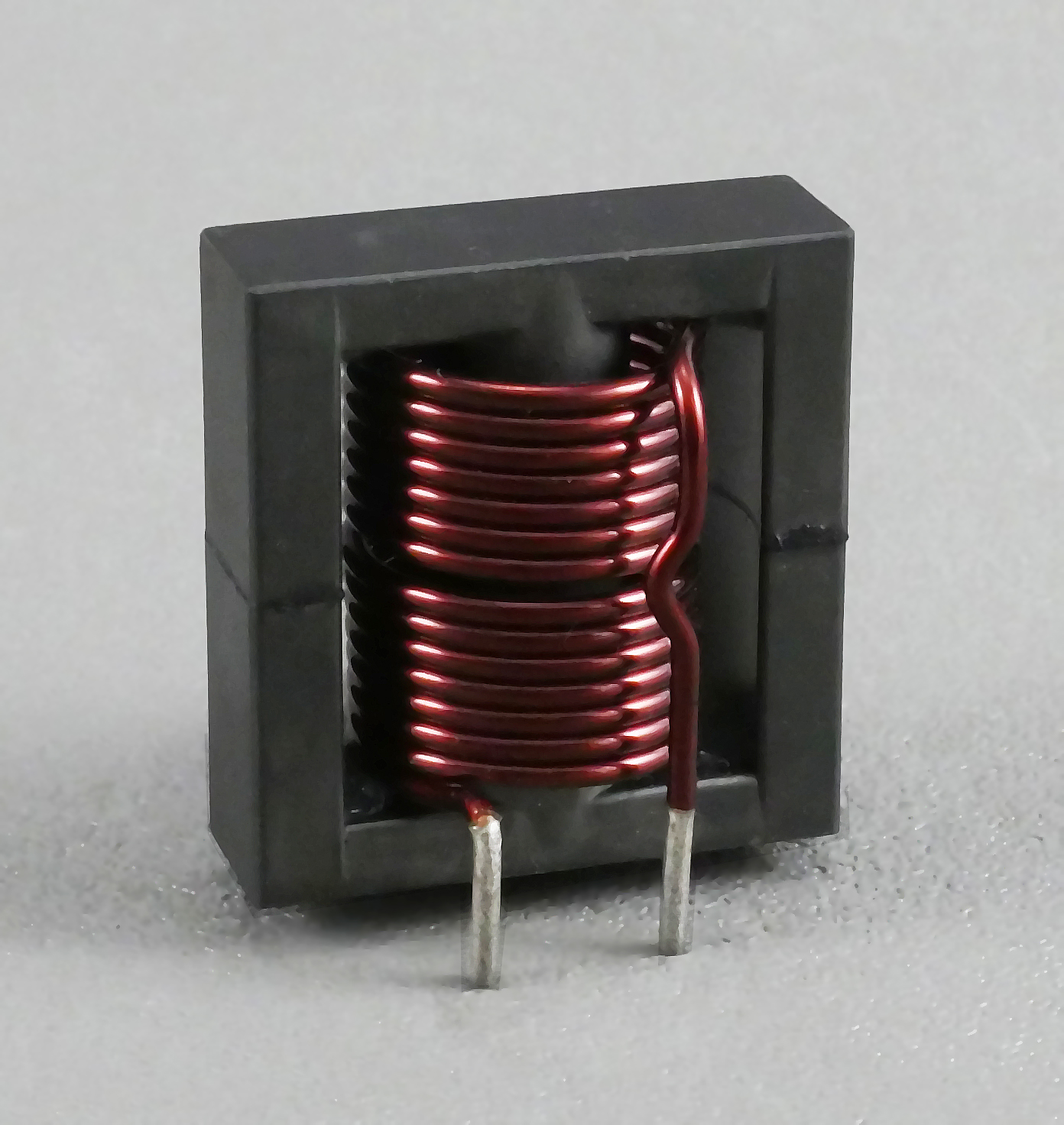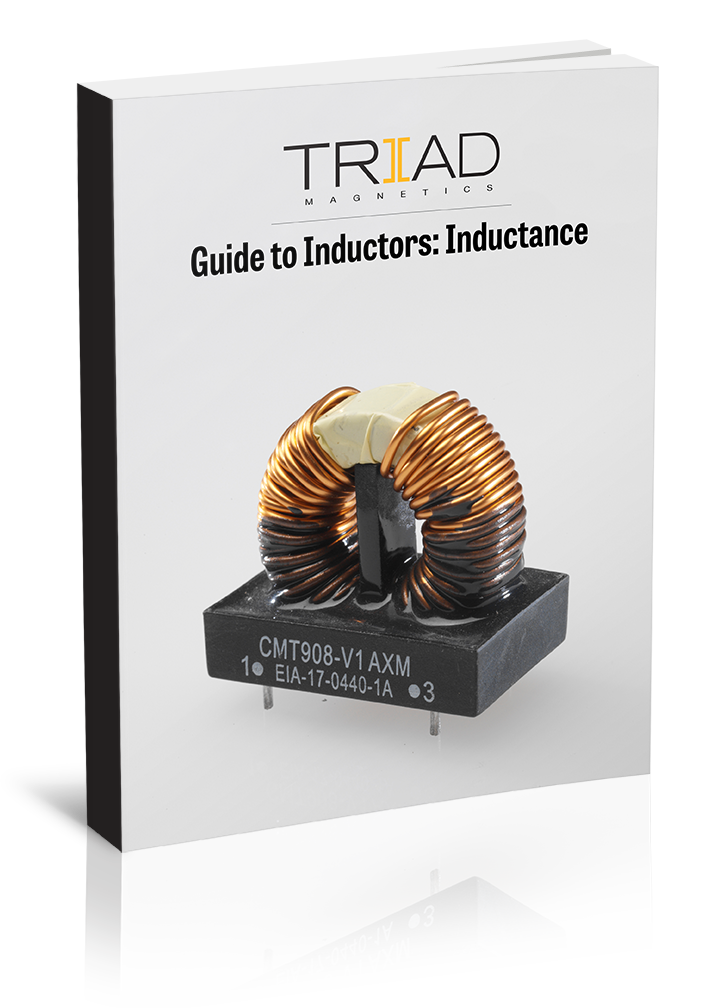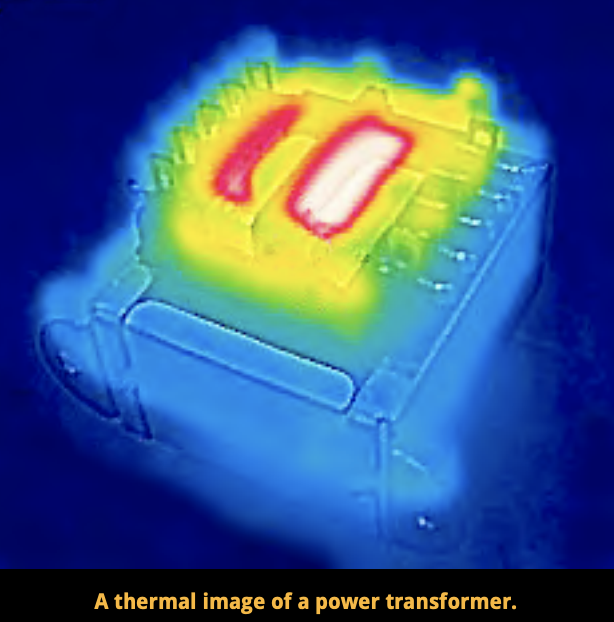Since today's vehicles feature more electronics than ever, demand for electrical components like inductors is increasing. Inductors are essential to the reliable performance of various automotive systems, including braking systems, lighting, engine control, and navigation displays. With high-quality inductors, the transportation and EV industry can keep up with the rising number of electronic [...]
10 Factors to Consider When Specifying a Custom Power Inductor
Power inductors can be used to filter the current or convert the Voltage and current to a different Voltage and current. Applications range from small electrical appliances to large power grid systems. Inductors consist of wound conductive metal coils that generate a magnetic field when electricity flows through them. Inductors are essential in any application that needs to carefully control [...]
Chokes vs. Inductors
Numerous technologies rely on chokes or inductors to deliver, alter, and filter electrical current. Understanding the difference between chokes and inductors is essential when designing devices and machinery that rely on electrical power. These electrical components each suit specific applications.
Basics of Inductance
Joseph Henry and Michael Faraday, working separately and on different continents (Henry in America, Faraday in England), simultaneously discovered the principle of electromagnetic inductance, the ability of an electrical conductor to generate electromotive force when the current running through it is changed, in the 1830s.
Basics of Inductors
Inductors are used across many industries to store energy, regulate the flow of current, and create impedance. Circuits require different types of inductors as well as core and winding styles to perform optimally in a given application. Understanding inductor properties is the best way to determine which materials and shapes are best suited for your custom needs. This blog post will discuss the [...]
How Losses Affect Your Transformers’ Performance
Transformers experience losses due to the electrical current flowing through the coils and the alternating magnetic field in the core. The losses associated with the coils are known as conduction losses, while the losses arising in the core are referred to as core losses. Conduction losses occur due to the resistance of the coil wire, causing some of the electrical energy to convert into heat [...]
What Is IATF 16949:2016?
IATF 16949:2016 is a quality management system specifically designed for the automotive industry. The International Automotive Task Force (IATF) is an “ad hoc” group of automotive manufacturers and their respective National Automotive Industry Associations, formed to provide improved quality requirements for automotive products worldwide. This IATF standard is based on the ISO 9001 standard but [...]









.jpg)


.jpeg)